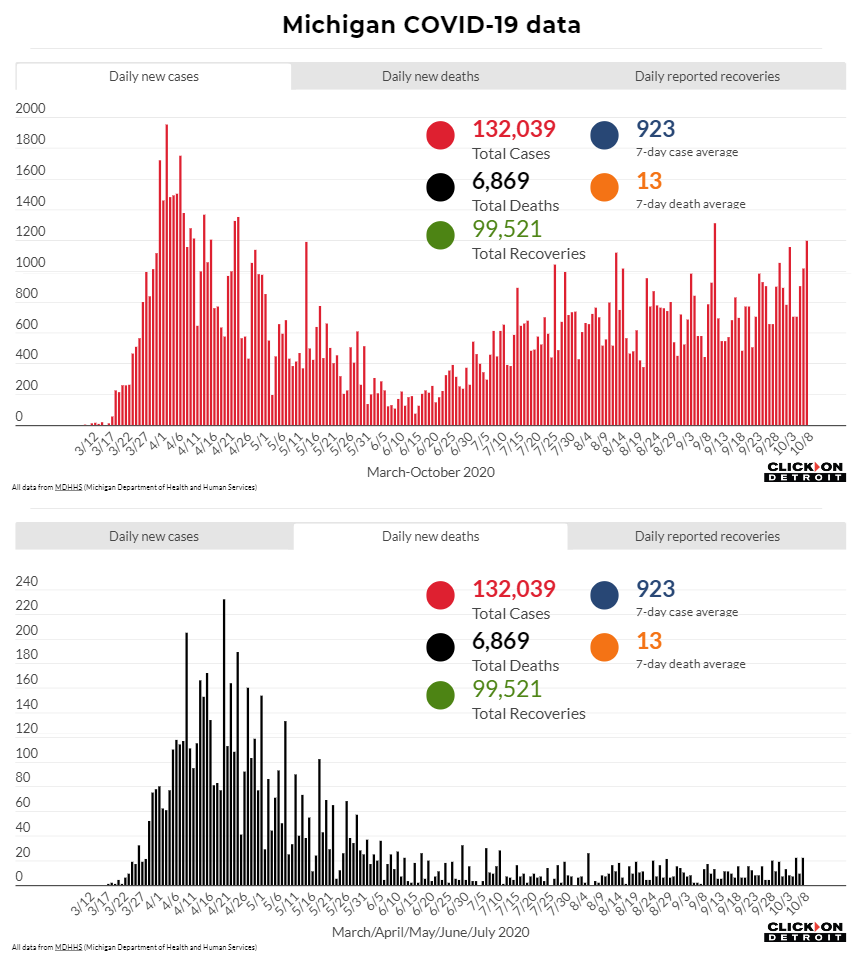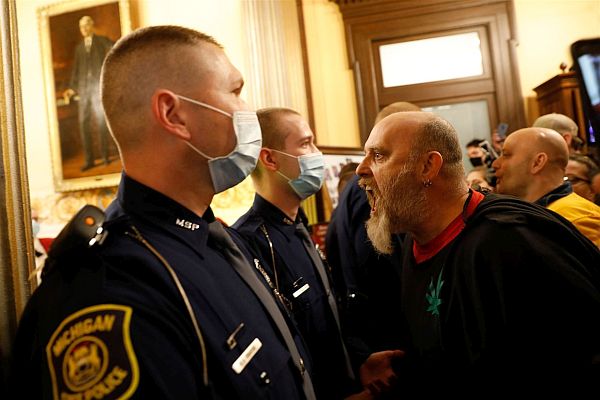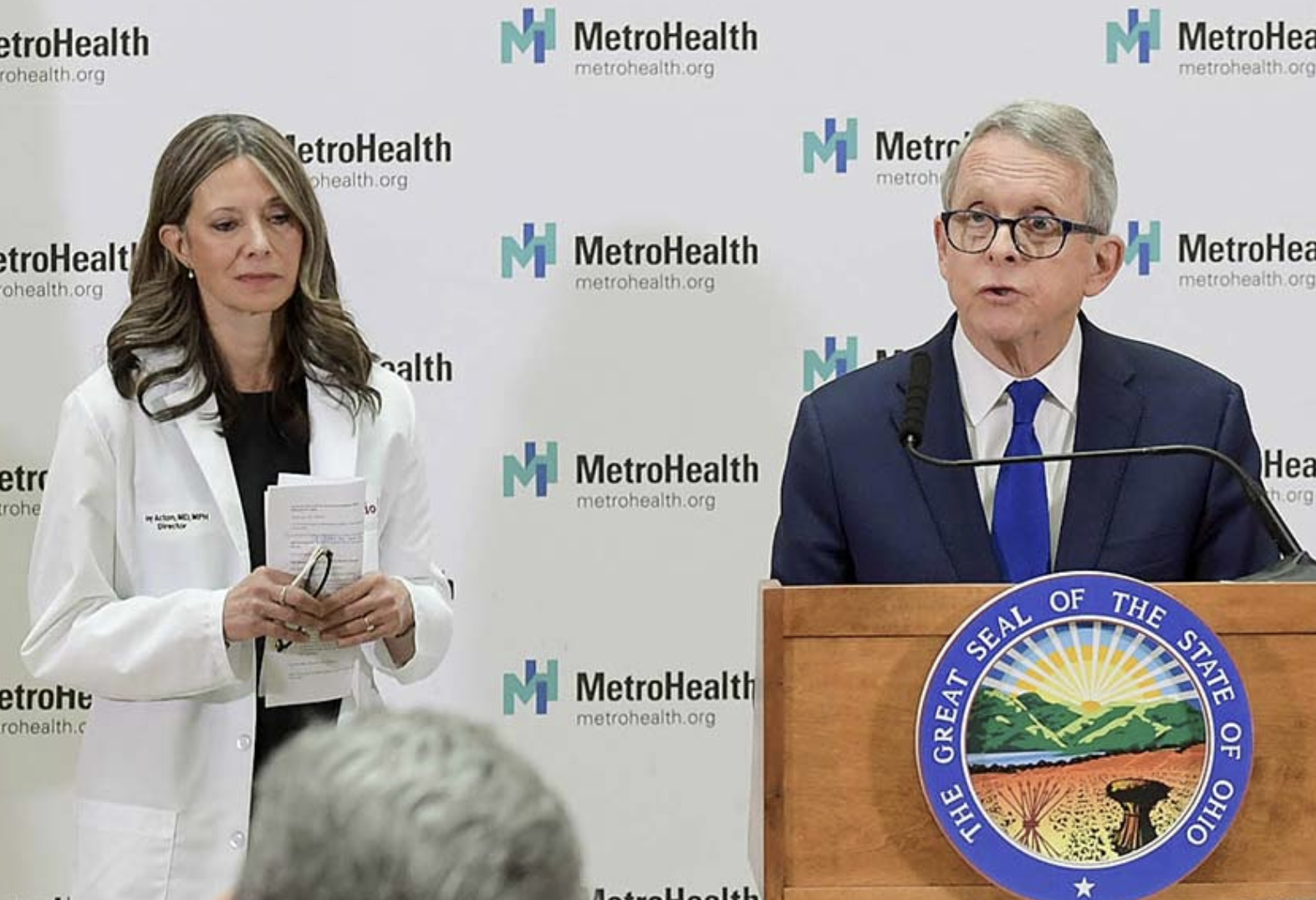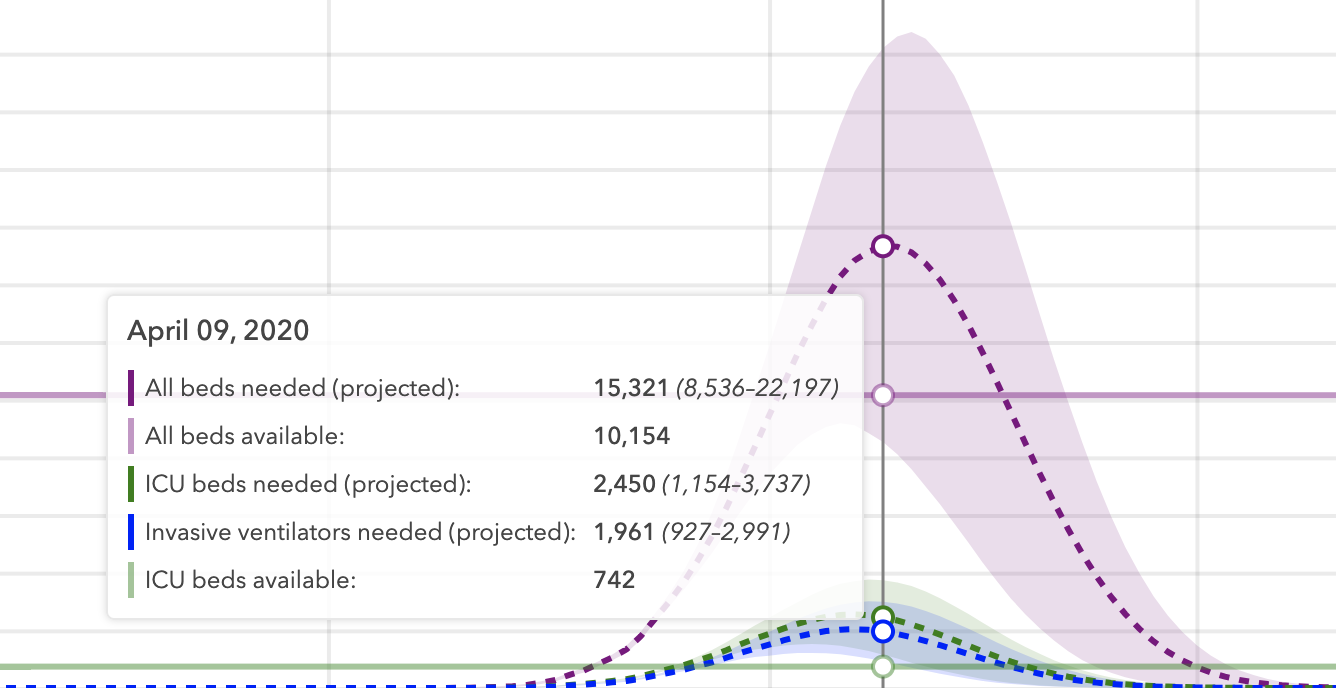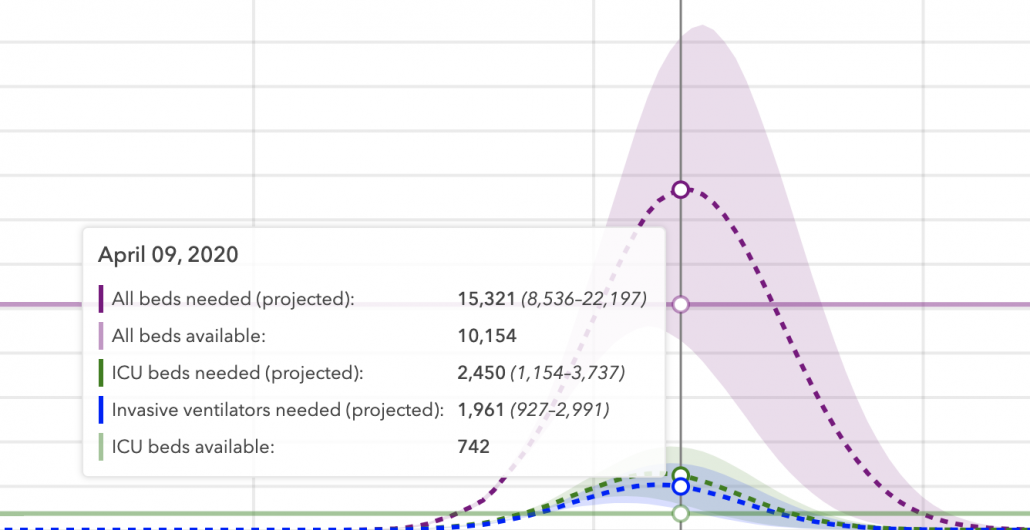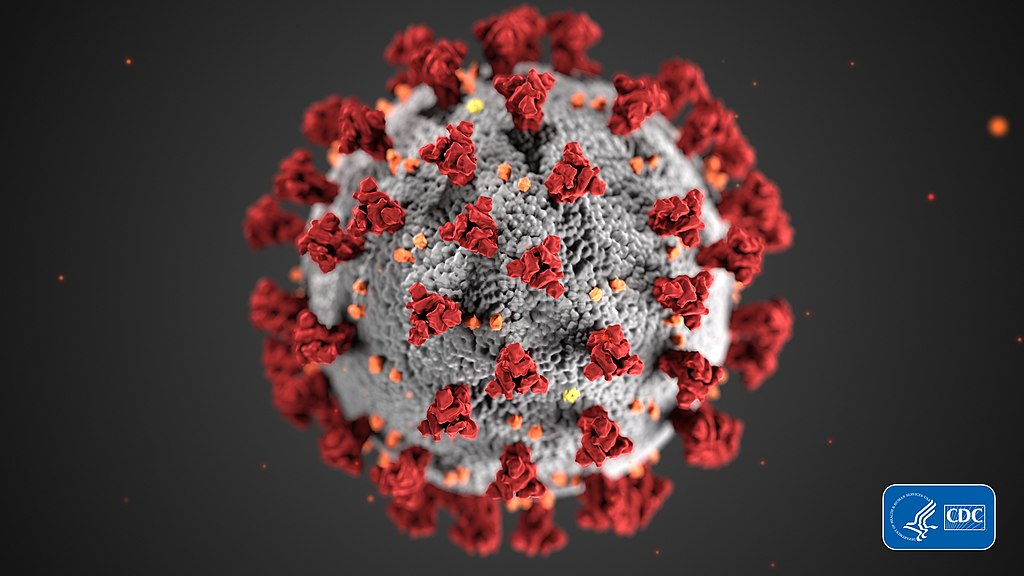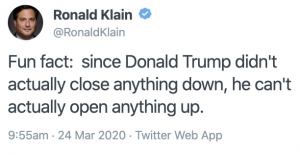This Is Why We Vote: Women Are Not Yet Full Citizens
[NB: check the byline, thanks. /~Rayne]
Someone I’ve looked up to and followed in social media wrote yesterday, “Don’t Vote.”
That earned an immediate muting and unfollowing from me. No fucking way.
I’m not going to identify them. I don’t even care what detailed explanation they offered for their statement.
Do not discourage people from participation in democracy when that democracy is fighting for its life.
More importantly, do not discourage citizens from voting when their own human rights are being trampled on.
Yesterday was particularly egregious for women, and one of the worst days to tell women not to vote.
Get your asses to the polls. Take friends and family with you. Vote like your life depends on it because it fucking well does.
~ ~ ~
You’ve probably seen news stories about Texas resident Kate Cox and her rather desperate effort to obtain an abortion. You’ve probably seen stories leading up to this week about the legal volleys between her and the state of Texas — no she can’t, yes she can, no she can’t — a state which outlawed abortions in nearly all cases.
What you haven’t seen much discussion about is the reason why she’s been seeking an abortion.
The fetus she is carrying has an autosomal chromosomal disorder which is fatal – trisomy 18, otherwise known as Edwards syndrome.
Read about it:
Most Edwards syndrome cases are diagnosed prenatally, based on antenatal screening with maternal age, maternal serum marker, or by ultrasound findings during the second trimester. Antenatally, Edwards syndrome can reveal intrauterine growth restriction, polyhydramnios, agenesis of the corpus callosum, choroid plexus cyst, nuchal thickening, brachycephaly, clenched hands with overriding index fingers, cardiac defects, omphalocele, and single umbilical artery.[8] Edwards syndrome has a high risk of fetal loss and stillbirth.
Postnatally, Edwards syndrome is characterized by a cluster of phenotypes, as summarized below.
1. Neurologic findings
◦ Neonatal hypotonia followed by hypertonia
◦ Apnea
◦ Seizures
◦ Poor sucking
◦ Delayed psychomotor development and mental retardation2. Craniofacial findings [9]
◦ Skull: Microcephaly, bitemporal narrowing, and prominent occiput.
◦ Face: Triangular and asymmetric face with facial paralysis
◦ Eyes: Microphthalmia, hypertelorism, epicanthus, short palpebral fissures, coloboma of iris, cataract, corneal clouding, hypoplastic supraorbital ridge, upward or downward slanting palpebral fissures, and abnormal retinal pigmentation.
◦ Nose: Prominent nasal bridge with hypoplastic nasal root, upturned nares, and choanal atresia.
◦ Oral cavity: Micro-retrognathia, microstomia, narrow arched palate, cleft lip, and cleft palate.
◦ Ears: Microtia, preauricular appendages, low-set or retroverted ears, and dysplastic ears.3. Skeletal [10]
◦ Severe growth retardation
◦ Short neck
◦ Short sternum
◦ Broad chest, with or without widely spaced small nipples.
◦ Incomplete ossification of the clavicle
◦ Hemivertebrae or fused vertebrae, scoliosis
◦ Pectus excavatum
◦ Narrow pelvis and limitation of the hip abduction
◦ Hip dislocation
◦ Arthrogryposis,
◦ Clenched hands with overriding fingers, camptodactyly, syndactyly, single palmar crease and clinodactyly of the fifth fingers, radial or thumb hypoplasia, and hypoplastic nails
◦ Rocker-bottom feet with the prominent calcaneus, talipes equinovarus, dorsiflexed great toes4. Cardiovascular
◦ Cardiac defects are found in 90% of Edwards syndrome patients.
◦ Ventricular or atrial septal defect, Patent ductus arteriosus, tetralogy of Fallot, overriding of the aorta, coarctation of the aorta, and hypoplastic left heart syndrome
◦ Polyvalvular heart disease (involving two or more valves; the most common aortic and pulmonary valve5. Pulmonary
◦ Pulmonary hypoplasia
◦ Tracheobronchomalacia, laryngomalacia
◦ Obstructive and central apnea
◦ Early-onset pulmonary hypertension6. Gastrointestinal:
◦ Omphalocele
◦ Esophageal atresia with Tracheoesophageal fistula
◦ Pyloric stenosis
◦ Ileal atresia
◦ Malrotation
◦ Meckel diverticulum
◦ Diastasis recti
◦ Umbilical hernia7. Genitourinary
◦ Cryptorchidism, Hypospadias, micropenis,
◦ Clitoral hypertrophy, hypoplasia of the labia majora, ovarian dysgenesis, and bifid uterus
◦ Horseshoe kidney, renal agenesis, hydronephrosis8. Central nervous system malformations (occur in 30% of cases)
◦ Cerebellar hypoplasia,
◦ Meningoencephalocele, anencephaly
◦ Hydrocephalus
◦ Holoprosencephaly
◦ Arnold-Chiari malformation
◦ Hypoplasia of the corpus callosum
source: Edwards Syndrome
Read more elsewhere into this understanding there are people who will try to persuade you that the extremely small percentage of children born with trisomy 18 will live as long as a year is worth gambling with the mother’s life, or that the quality of life for these severely challenged infants is worth all the torture they will receive in their short lives.
Cox has been in the emergency room several times during this pregnancy. She could have any number of problems like high blood pressure or have been experiencing symptoms indicating miscarriage might be imminent. The reasons why aren’t reported in the media; it’s private personal medical data the media can’t obtain without permission from the patient.
But for some reason the state of Texas – let’s be frank, the bloody Texas GOP – thinks that everything about this pregnancy is its business.
To that end they believe it’s their business Cox must be forced to give birth to a child which will likely suffer a miserable death after all manner of medical interventions.
The Texas GOP at multiple levels of the state’s government, from that corrupt scumbucket AG Ken Paxton to members of the state’s supreme court, believe they know best about this pregnancy.
Never mind the mother and her doctors may already know from testing this fetus has gross deficits incompatible with life outside the womb beyond what a blood test may reveal.
Cox’s plight has fallen under intense public scrutiny while law enforcement and the state judiciary have eaten up days, weeks, months debating the fate of this woman and her pregnancy – all adding to her stress, further hurting the fetus she carries.
This is what the GOP is good at: overt cruelty, without any consideration for the persons it is tormenting as it debates what should never be in their purview.
This is the death panel the GOP wanted Americans to be afraid would be implemented with the Affordable Care Act – except it’s not insurers or hospitals or doctors on this panel.
The death panel is majority white Christian Republican men who will never know what it is to face the body horror of carrying a fetus which isn’t viable, or a fetus which wasn’t wanted, or a pregnancy which poses a mortal threat to the mother.
Welcome to Gilead. Enjoy this enactment of The Handmaid’s Tale where we now wait for the mother to be further persecuted because she took control of her life and left Texas to seek care away from the reach of the Texas GOP death panel.
~ ~ ~
Meanwhile, Michigan’s Governor Gretchen Whitmer signed the last bill yesterday which finalized the codification of the state’s Reproductive Health Act. Voters demanded reproductive rights in November 2022 when they passed the Proposal 3 ballot initiative. The proposal’s passage assured reproductive rights became part of the state’s constitution, which in turned required the repeal of a 91-year-old law banning abortion along with other legislation to ensure access to reproductive health care.
Whitmer is a Democrat; the state legislature has been led by Democrats this term.
This was intensely personal for Whitmer, who had pleaded with her fellow state legislators a decade ago not to pass restrictions on health care insurance for reproductive health. She had been raped in college and shared that personal trauma in order to make her point – but to no avail given the MIGOP led the state’s legislature at the time. Whitmer understands all too well what the stakes were and are with regard to reproductive rights.
Had Kate Cox lived in Michigan, she would not have been named publicly, not been in the news, simply have gone about seeking necessary health care so that she could heal and take care of her family.
The same goes for the 10-year-old Ohio girl who was raped and left Ohio to seek an abortion in Indiana. The same for the Indiana doctor who treated her so that she could return to being a little girl again. Both of them would not have been subjected to the cruelty media exposure brings, nor the harassment of mostly white GOP men using them to stump for votes from anti-abortion voters.
No woman or health care provider in the U.S. should live in fear the way they do in Texas, Ohio, Indiana, and other states which have banned abortion and reproductive health care to the point that persons endowed with uteruses and their health care providers are denied their fundamental rights of personal autonomy and privacy.
They are denied the right to be secure in their persons against unreasonable searches and seizures, unlike those who never had a uterus and identify as men.
Women are not permitted their full right of citizenship everywhere in this country.
This is why we fucking vote, every election, every race, up and down the ticket.
~ ~ ~
Am I hot about this? Yes, yes I am. I have an adult daughter of childbearing age and her career is now shaped by where she can safely travel and live. We’ve had to have unreasonable, unfair discussions about what to do if she travels to a state with aggressive anti-abortion laws – how will she obtain help, who will provide it, how will she securely notify her spouse and/or parents where she is and what help she needs, and who is at risk of legal liability if they help her.
I have an adult son who doesn’t face those same challenges, simply because he doesn’t have a uterus.
However once he enters a serious relationship with a woman of childbearing age, he’ll have to consider similar issues: should he accept a job where his girlfriend/wife will be at risk if she becomes pregnant?
These should not be issues workers from their teens to their early fifties have to worry about. They should free to look at jobs anywhere, evaluate the work and employer on their own merits, not have to turn down jobs because they don’t have the same rights across the country.
Banning access to reproductive health care isn’t hurting just persons of childbearing age by denying them personal freedom – it’s hurting all of us because it’s a restriction on commerce. The best people for a job may not be going to Texas because they don’t want to be tortured like Kate Cox has been.
But again, this is why we fucking vote, every election, every race, up and down the ticket.
You may dislike a two-party system. Point taken. But do not tell me the two parties are the same because one of the two parties doesn’t believe women are entitled to the same rights as men.
~ ~ ~
This is an open thread.




